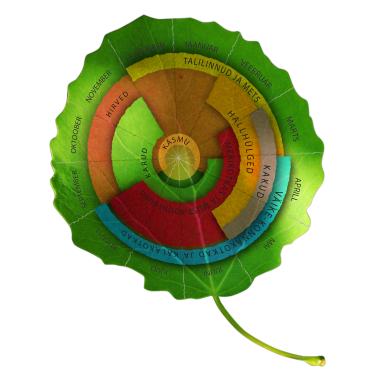Video recorded by Liz, LK forum
Translation Liis
The female has a considerable stock for feeding the chicks
Eagle owl Kassikakk Bubo bubo
The two chicks of the eagle owl pair were hatched on the night to April 23. The incubation period of the large birds is long, up to 35 days. The three eggs laid in the nest we saw already on March 27 when the webcam transmission started.
A little more about the eagle owls, and why is the nest in a tree? Read below about it
You will find the eagle owl webcam at LINK
Video recorded by Fleur, LK forum
In this incubation period video we see both the male and female. So we can introduce both adults to you. Our excuses that the introduction to the topic is a little late, but better late than… Interesting times are just beginning.
Why then an owl nest in a tree, when these large birds usually build it on the ground? This breeding territory of eagle owls in known from
The state of the eagle owls is extremely worrying although the birds were raised to Category I protection in
In Estonian forests maybe 50- 90 eagle owl pairs nest, but more and more often we can hear constantly calling birds (they can be heard several kilometres away) who have been left without a mate , which can by the way also be caused by technical installations.
This is the largest owl in
They nest in old light-rich pine forests, also around our largest bogs.
Stationary birds who remain the year round in similar ochre-coloured plumages for breeding and eclipse.
The video shows that females are larger than males as is typical of many birds of prey: the weight of the males stays within 2-3 kilos larger females may weigh up to 4 kilos; the body length of such a bird sitting on the ground may be up to three-quarters of a metre, and this is an impressive sight. The wingspan of the broad wings may be around a metre and a half for both sexes and the flight view looks powerful.
The feather-tufted ears that remind of a cat’s ears are kept close to the head in repose but are raised when agitated. The males that move around frequently keep the feathered ears more upright.
In the large head of the eagle owl we note the orange glowing eyes, black beak and white plumage under the beak. The fluffy plumage contributes to the voluminous look of the bird; relatively short tail, feathered legs with black claws
There is time to discuss the looks of the eagle owl chicks later.





